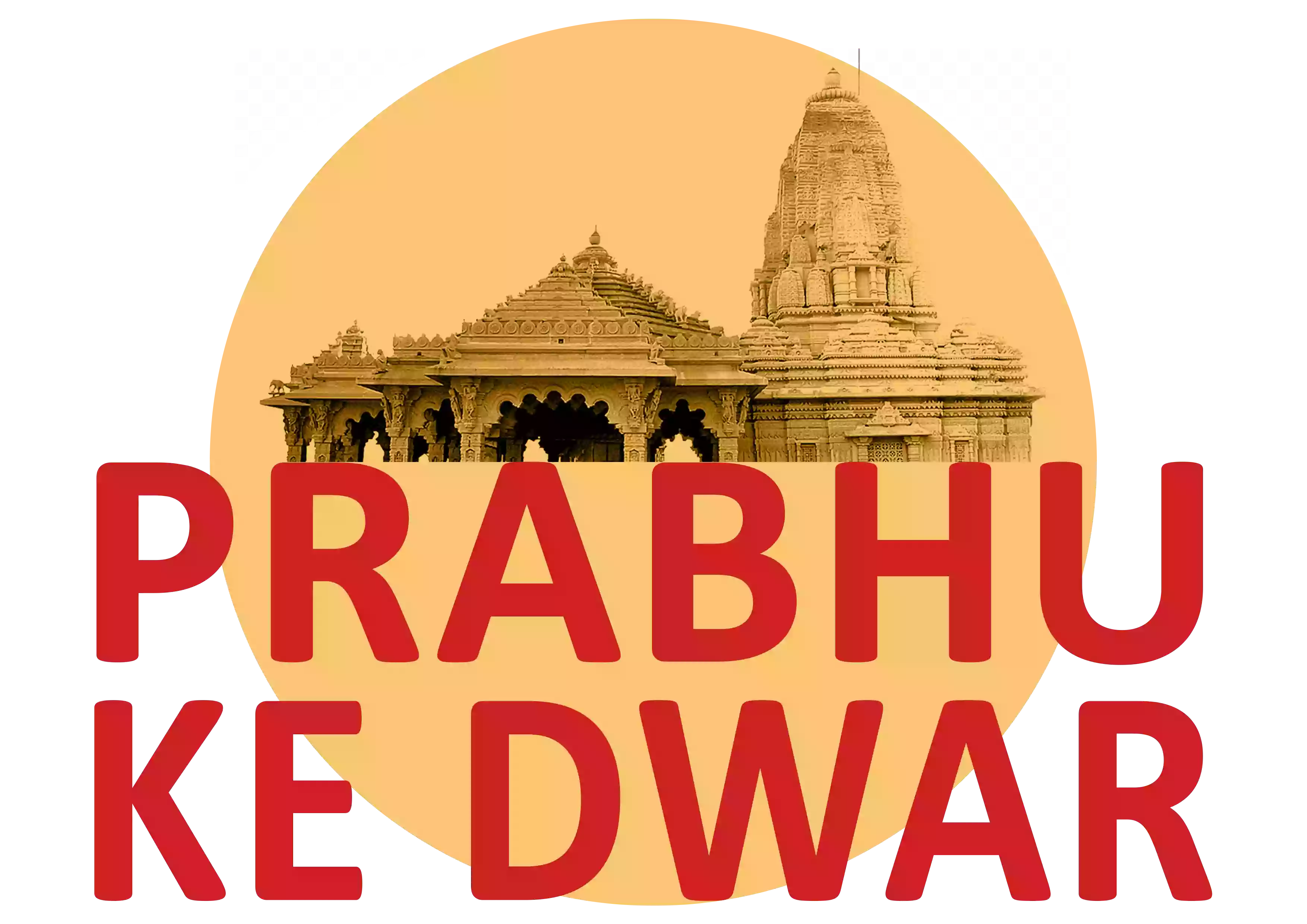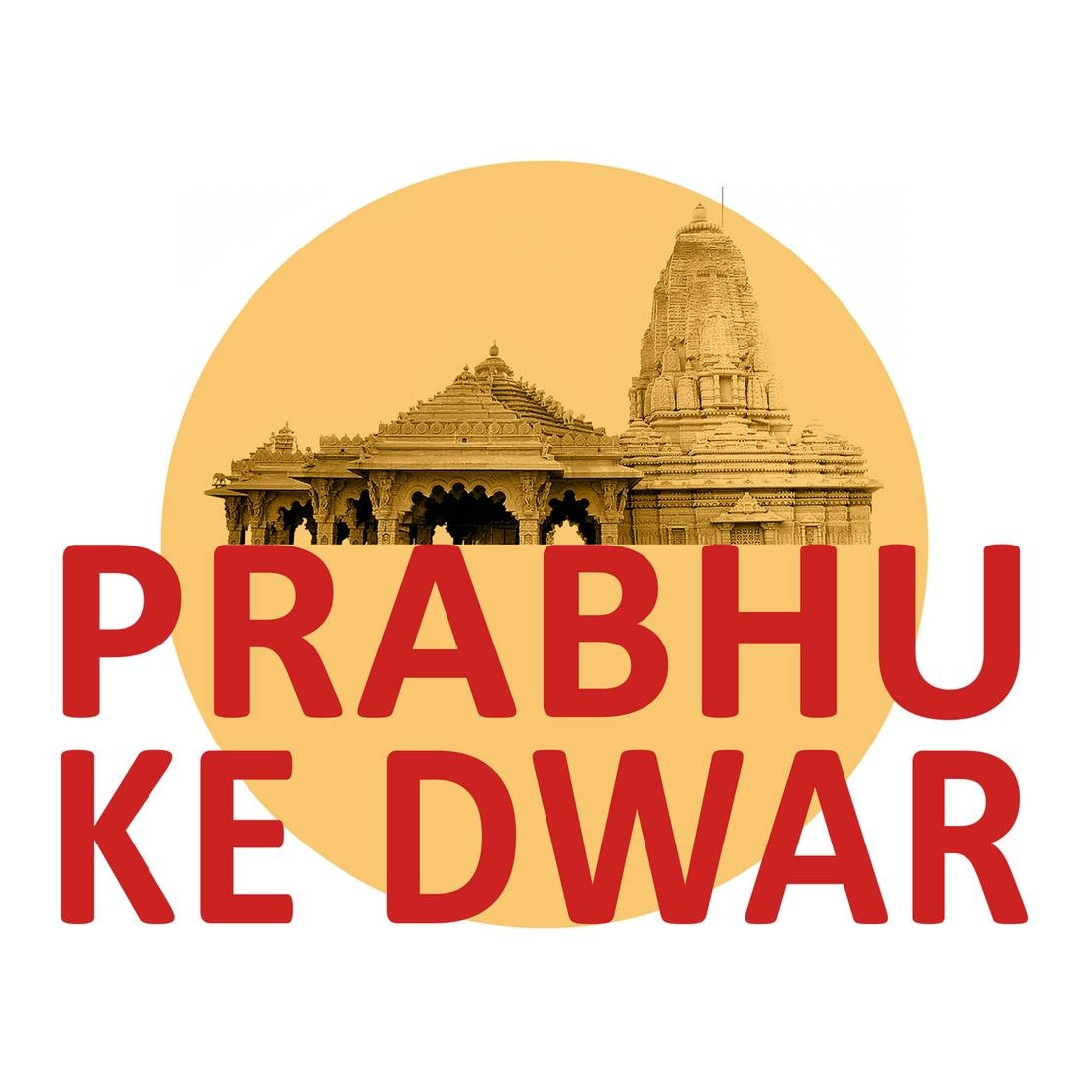Updated: September 2025
The Lotus Temple in Delhi (Baháʼí House of Worship) is one of India’s most visited landmarks. Famous for its lotus-shaped architecture, the temple welcomes millions of visitors every year, regardless of faith or background. If you are planning a trip to Delhi, this guide covers everything you need to know: history, architecture, timings, entry fee, how to reach, best time to visit, photography tips, and FAQs.
Table of contents [Show]
Quick Facts About Lotus Temple
Location: Kalkaji, South Delhi, India
Established: 1986
Architect: Fariborz Sahba (Iranian-Canadian architect)
Entry Fee: Free (no tickets required)
Opening Days: Tuesday to Sunday (Closed on Mondays)
Timings: 9:00 AM to 5:30 PM (subject to seasonal change)
Significance: Symbol of peace, unity, and equality
History of Lotus Temple
The Lotus Temple is the seventh Baháʼí House of Worship in the world and the only one in India. The Baháʼí faith emphasizes the unity of all religions and humankind, and the temple reflects that philosophy by welcoming people of every belief system. Since its inauguration in 1986, it has become not just a place of worship but also a top tourist attraction in Delhi.
Architecture of Lotus Temple
The temple’s design resembles a lotus flower, a symbol of purity and peace in Indian culture.
Structure: 27 white marble “petals” arranged in clusters of three, forming nine sides.
Capacity: Can accommodate over 2,500 visitors at once.
Surroundings: 26 acres of lush gardens, ponds, and pathways.
Lighting: Natural light filters through the marble petals, creating a serene interior atmosphere.
The architecture has won several international awards and continues to inspire architects worldwide.
Lotus Temple Timings, Entry & Rules
| Details | Information |
|---|---|
| Entry Fee | Free for all |
| Timings | 9:00 AM – 5:30 PM |
| Closed on | Every Monday |
| Dress Code | Modest clothing recommended |
| Photography | Allowed in gardens & outside, not inside the prayer hall |
| Facilities | Drinking water, restrooms, cloakroom, wheelchair access |
Tip: Arrive early morning or late afternoon to avoid heavy crowds and capture the best photographs.
How to Reach Lotus Temple
By Metro: Nearest metro station is Kalkaji Mandir (Violet Line), just a 10-minute walk.
By Car / Taxi: Accessible by road, but parking is limited.
By Bus: Several DTC buses stop near Kalkaji.
Nearest Airport: Indira Gandhi International Airport (20 km away).
Nearest Railway Station: New Delhi Railway Station (13 km away).
Best Time to Visit
October to March: Pleasant weather, ideal for sightseeing.
Morning (9–11 AM) & Evening (4–6 PM): Less crowd, better lighting for photography.
Avoid weekends and public holidays for a more peaceful experience.
Things to Do Near Lotus Temple
ISKCON Temple: A spiritual Hindu temple located nearby.
Kalkaji Mandir: One of Delhi’s oldest temples.
Nehru Place Market: Famous for electronics and street food.
Humayun’s Tomb & Qutub Minar: World Heritage Sites within short driving distance.
Photography Tips
Use a wide-angle lens to capture the full lotus shape.
Best time for photography: sunrise and sunset.
Night view (when illuminated) is spectacular, but confirm opening timings before visiting.
Respect no-photography zones inside the prayer hall.
FAQs About Lotus Temple
Q1. Is entry free at Lotus Temple?
Yes, entry is completely free for all visitors.
Q2. What is the best time to visit?
Morning and evening hours, especially between October and March.
Q3. Is Lotus Temple open on Mondays?
No, it remains closed every Monday.
Q4. Can I meditate inside?
Yes, the prayer hall is open for silent meditation regardless of your religion.
Q5. How long does a visit take?
Usually 1 to 2 hours, depending on crowd and personal preference.
Conclusion
The Lotus Temple in Delhi is not just an architectural marvel but also a symbol of harmony and spiritual unity. Whether you are a tourist, a photographer, or a seeker of peace, visiting this temple will leave you with a lasting impression. Add it to your Delhi itinerary for a blend of culture, history, and serenity.




